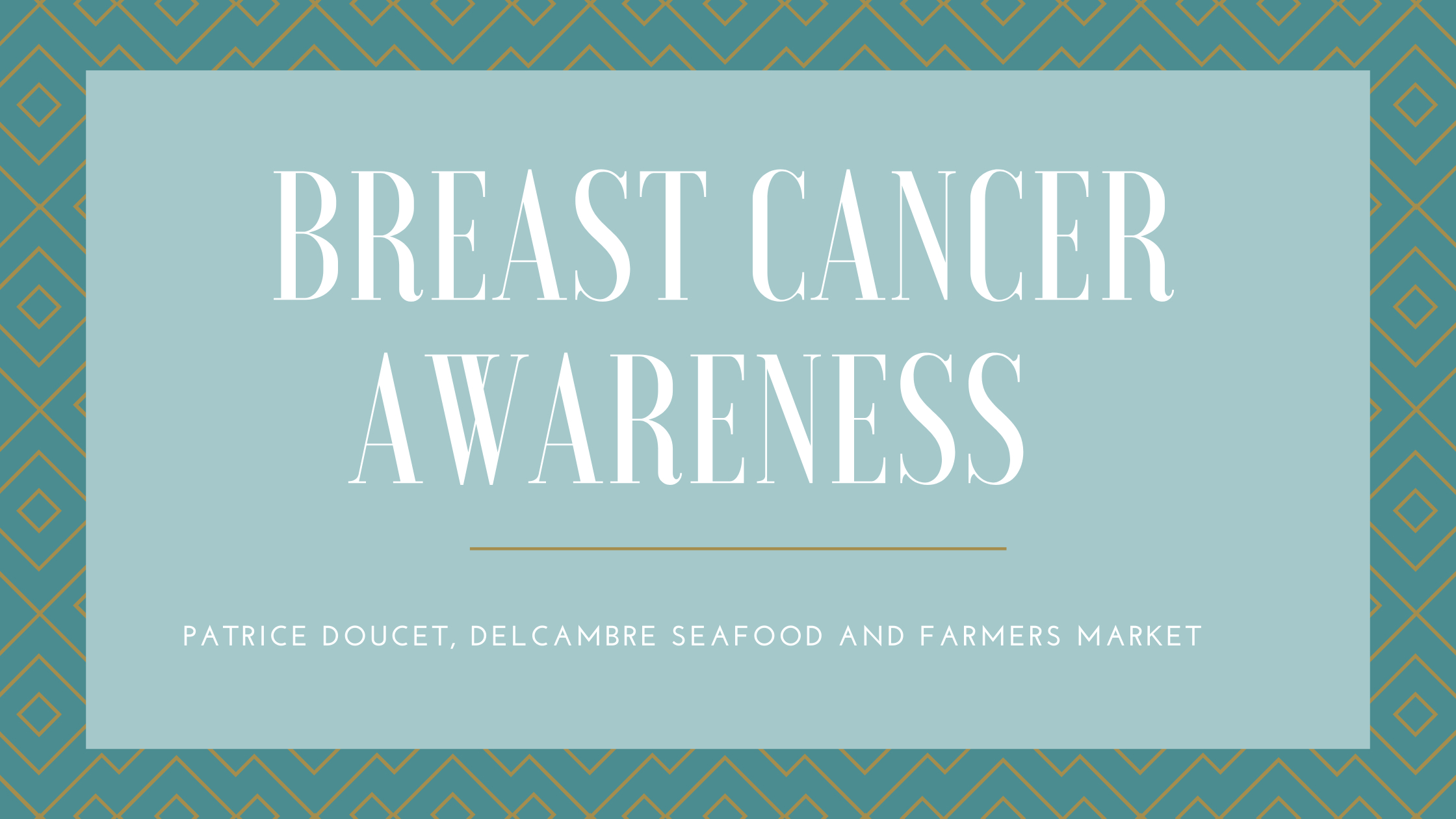October is Breast Cancer Awareness Month, an annual campaign to raise awareness about the impact of breast cancer. Below we have listed some key information about breast cancer.
Breast Cancer
Women make time for pedicures, gym workouts, their children’s extracurricular activities and dental appointments. So why, then, do studies still show that 1 in 4 women eligible for mammograms delay getting this LIFE-SAVING screening? And if that weren’t scary enough, a global pandemic delayed first-time or annual mammograms in 2019 and 2020. As a result, the University of Wisconsin Cancer Intervention and Surveillance Modeling Network predicts 5,000 more people will die of breast cancer between 2020 and 2030.
Scarier than Halloween
According to Louisiana Healthcare Connections, breast cancer is the most frequently diagnosed cancer among women in Louisiana and the second leading cause of cancer death among them. The Louisiana Tumor Registry reports that our state has the third highest breast cancer death rate in the country. New Orleans, Southeast Acadiana, and Southwest Louisiana have the highest breast cancer death rates in the state.
Risk Factors
While family history plays a part, it is not the only risk factor. Women who have no family history can get breast cancer. The exact cause is difficult to pinpoint, but researchers at the Moffit Cancer Center have identified some risk factors for certain cancers. Among them are: being a heavier weight, not living an active lifestyle, having a first child after age 30, using tobacco products, and drinking an excess of alcohol.
Drive Pass the Drive Through
Diet is another factor associated with breast cancers. Studies have found that the following can significantly increase your risk of breast cancer:
– Fast foods
– Fried foods
– Processed meats
– Added sugar
– Refined sugars
The following foods are shown to reduce the risk of certain cancers:
-Leafy greens
-Citrus fruit
-Fatty fish, like salmon, sardines and maceral
-Berries
-Fermented foods, like yogurt
-Garlic, onions, leeks
-Peaches, apples, pears
-Cauliflower, cabbage, broccoli
-Beans
-Parsley, rosemary, oregano, thyme, turmeric, curry, ginger
When to Get a Mammogram:
A New Iberia woman diagnosed with stage III, HER2-negative cancer, this year, said that after she got a mammogram at 45, she didn’t think she needed another for five years.
The American Cancer Society recommends:
-Women ages 40 to 44 should be able to choose to have annual mammograms.
-Those at greater than average risk for breast cancer should speak to their doctor about getting a mammogram sooner than age 40.
– Women age 45 to 54 should get mammograms every year.
– Women 55 and older can switch to a mammogram every other year or continue yearly mammograms. Screening should continue as long as a woman is in good health and is expected to live 10 more years or longer. In 2008, Lafayette resident Sherryl Verdugo was diagnosed with stage 1 invasive ductal carcinoma in her left breast at age 64.
Self-Exams
Many women who receive a negative result from their mammogram don’t think about breast cancer for another year. But mammograms can miss cancers – especially in dense breasts. And there are cases where the disease develops and grows quickly in the year after a negative mammogram.
That’s why it so important for women of all ages to pay attention to their breasts, perform self-exams, and report any unusual changes to their doctors — and insist that breast cancer be ruled out if there’s a concerning symptom. You know YOUR body best.
What to Look For:
• New lump in breast or underarm (armpit)
• Thickening or swelling of part of the breast
• Skin irritation or dimpling
• Redness or flaky skin in the nipple area or breast
• A pulling in of the nipple area or breast
• Nipple discharge other than breast milk, including blood
• Any change in the size or shape of the breast
• Pain in any area of the breast (although malignant tumors are not always painful.)
Blue in a Sea of Pink
Men do have breast tissue making it possible for a small percentage to get breast cancer. Because they – and some doctors – don’t typically think of breast cancer when a lump or change in the chest area is noticed, by the time it’s finally tested, it’s often diagnosed at an advanced stage.
Be knowledgeable, observant and proactive about your breast health so you can be here.


Recent Comments